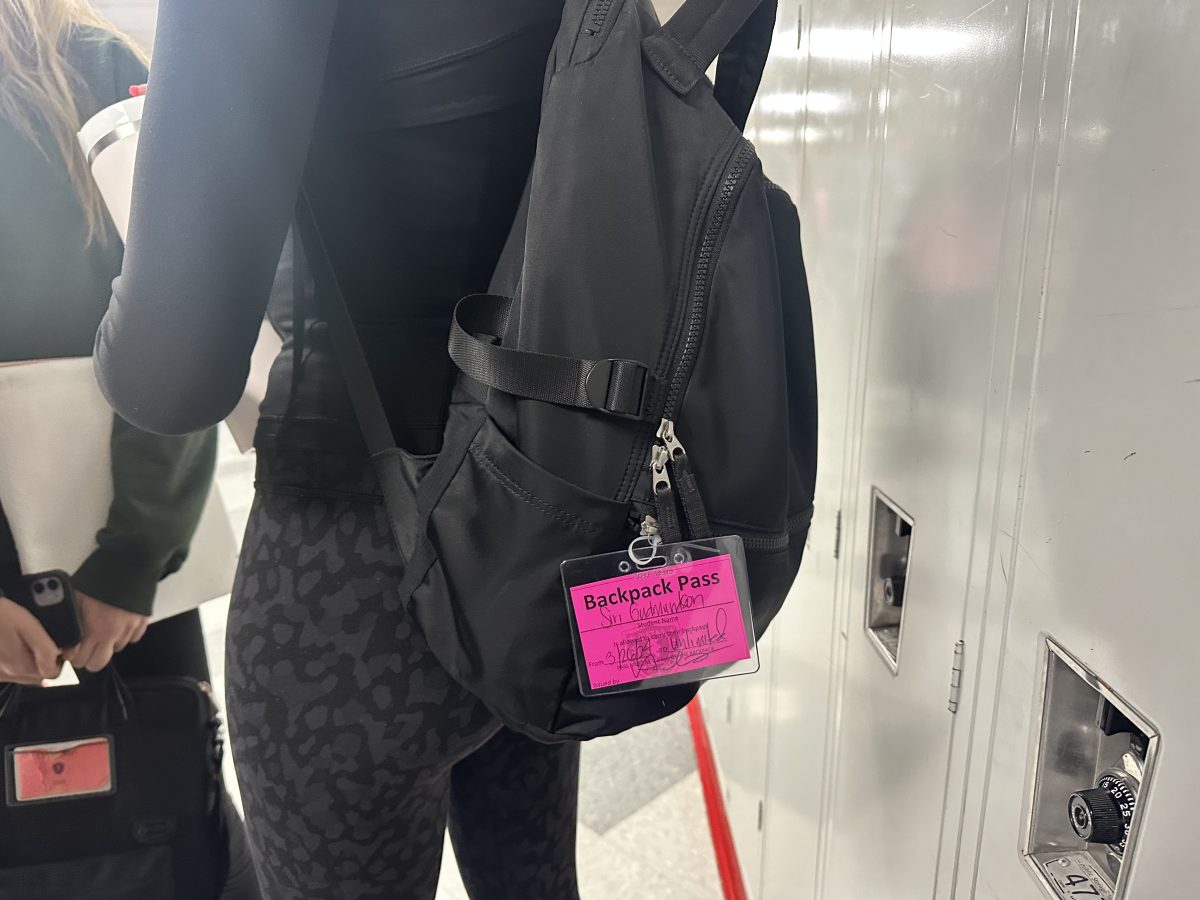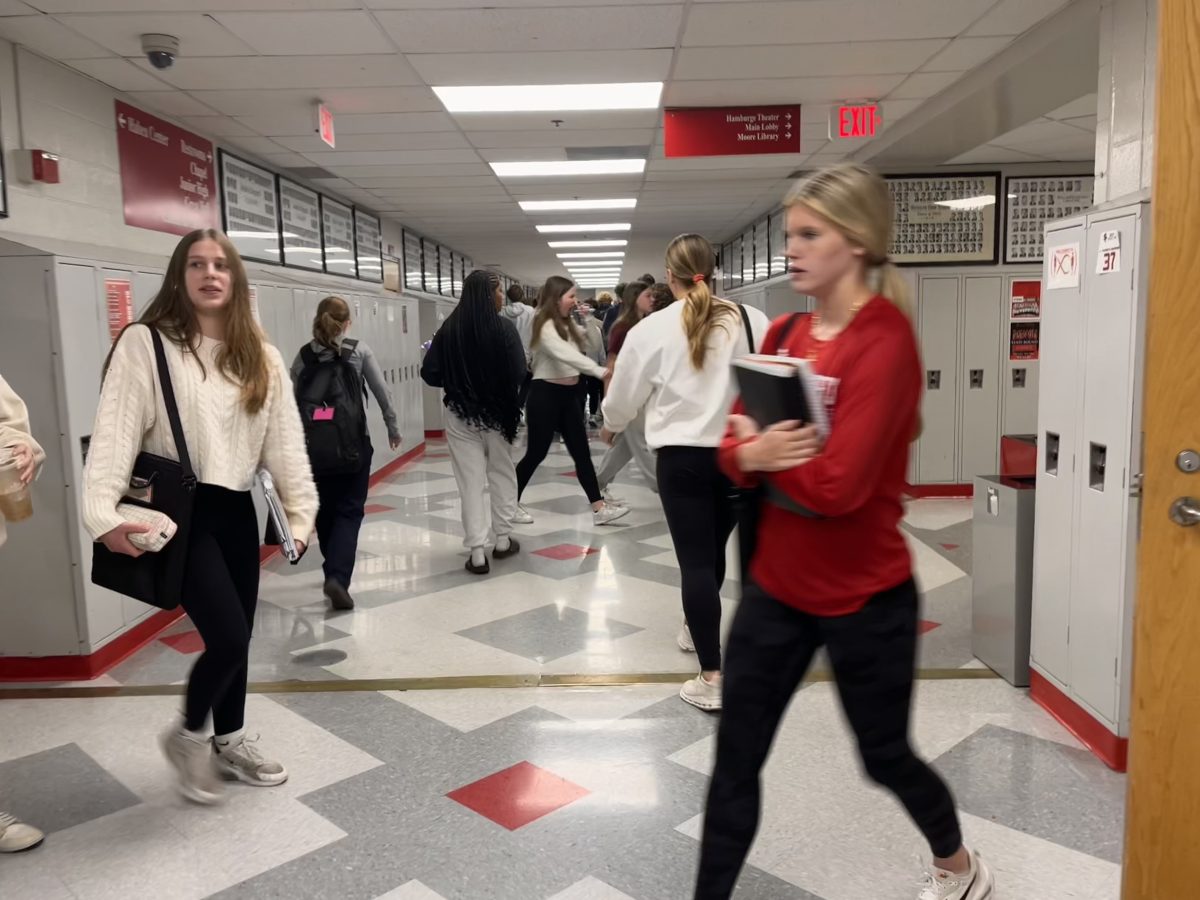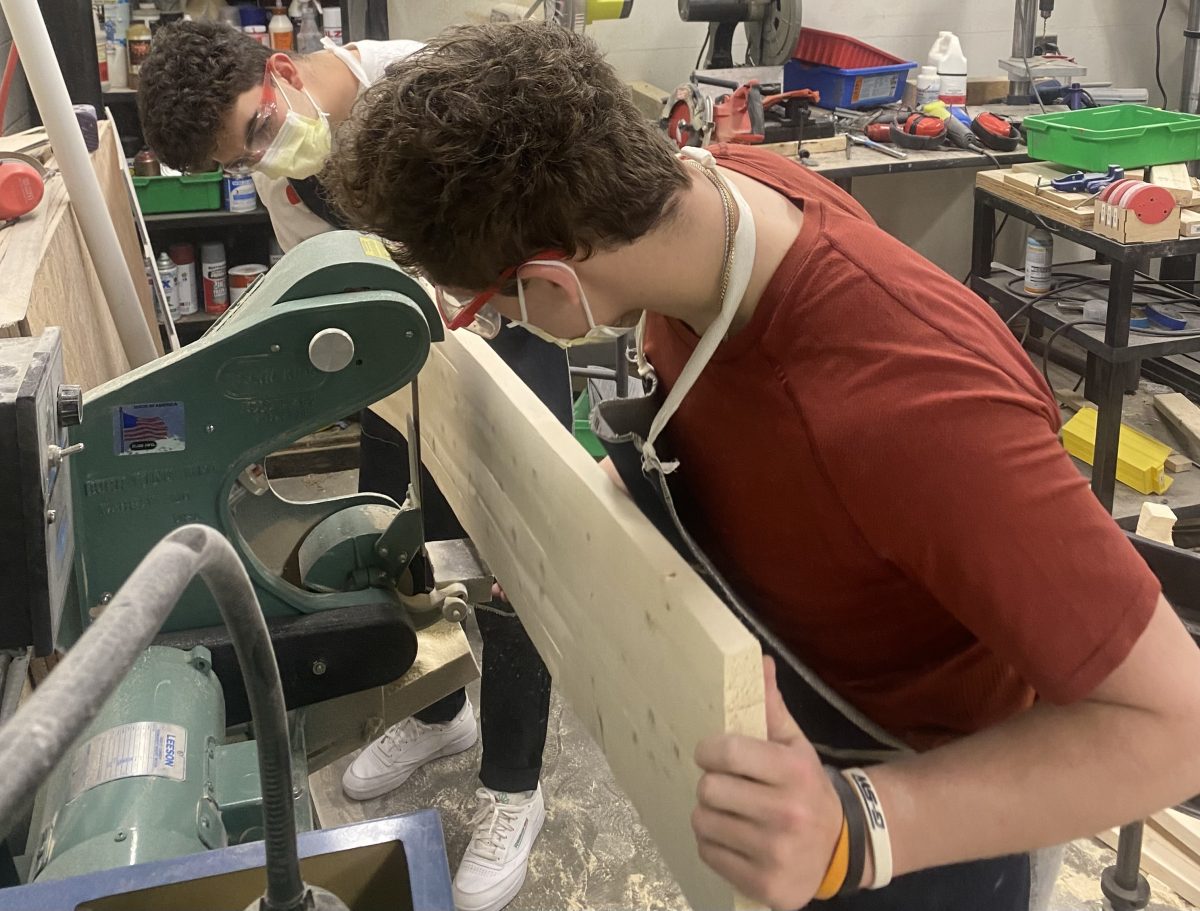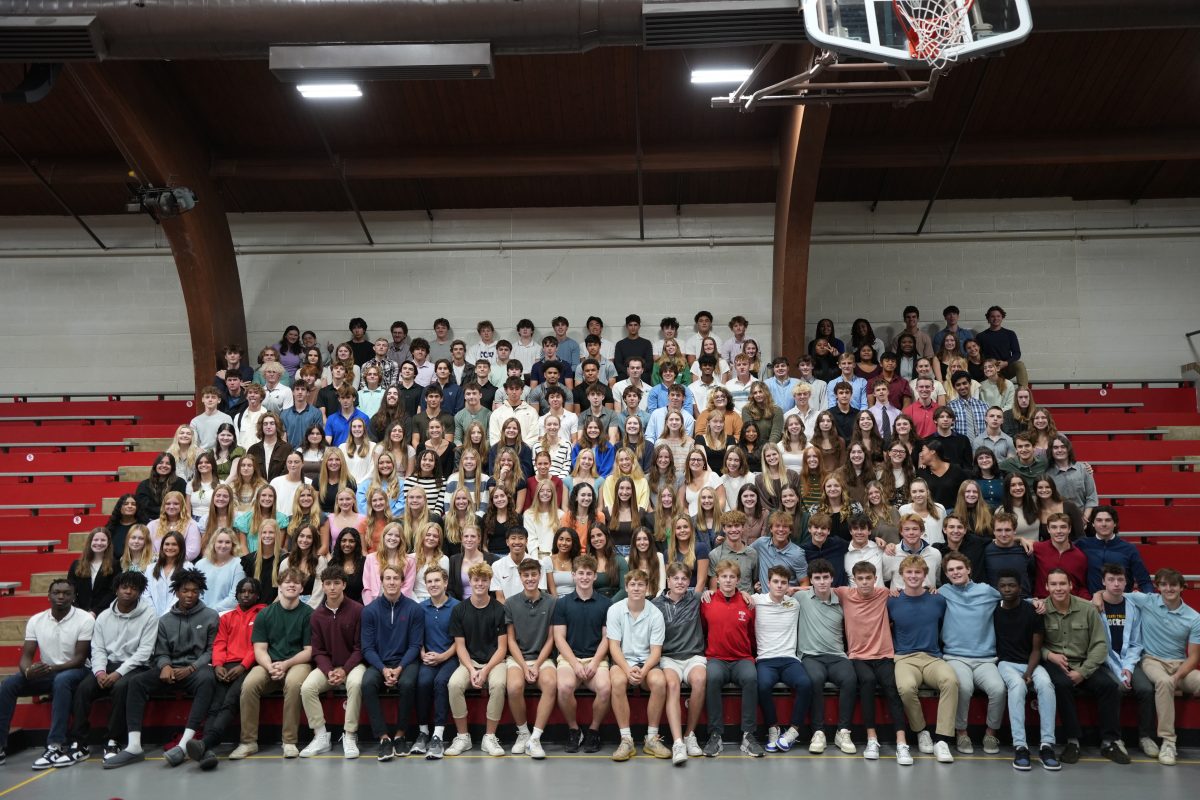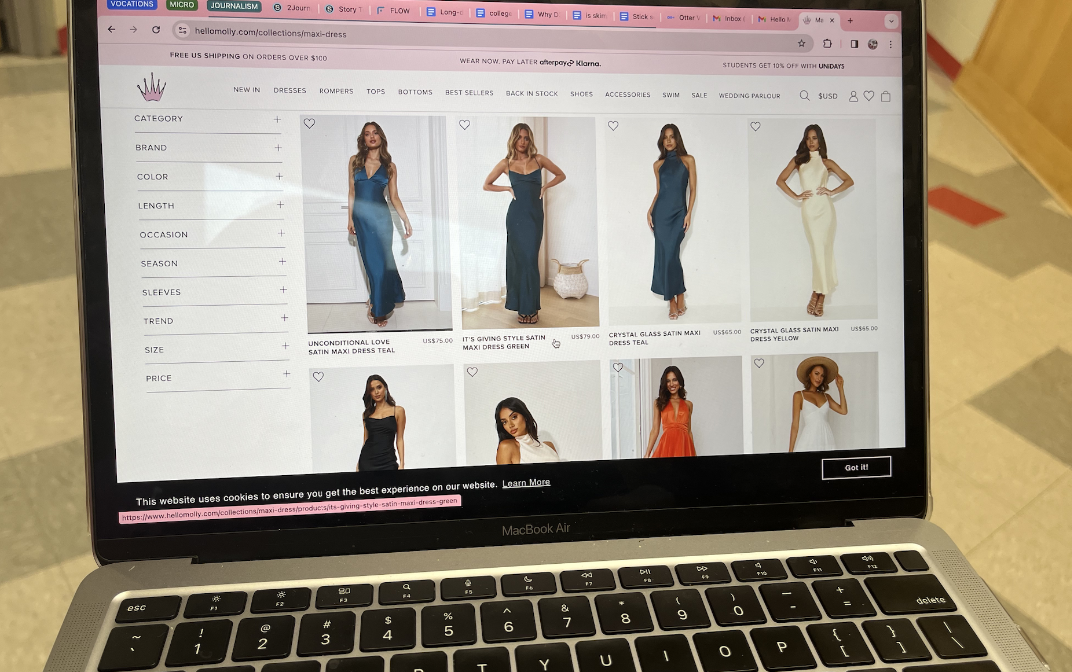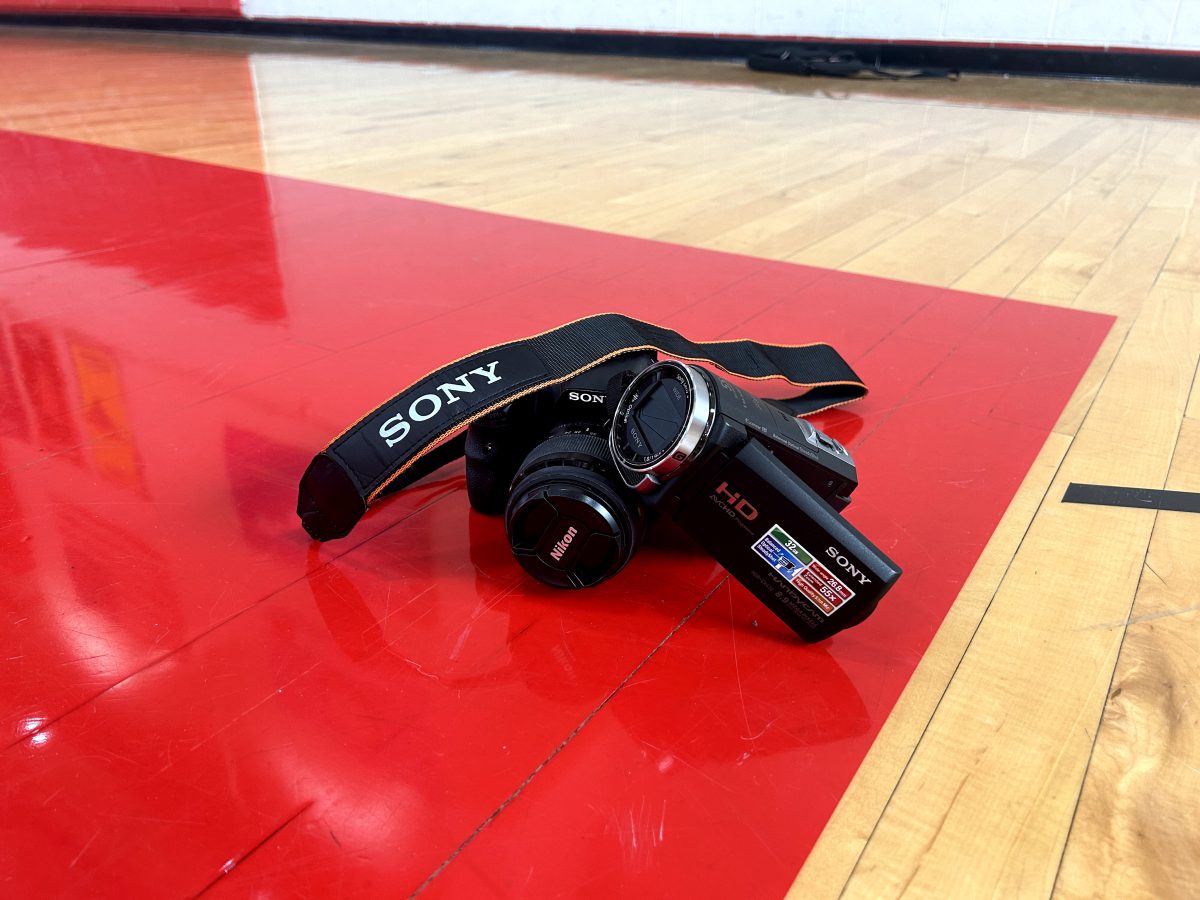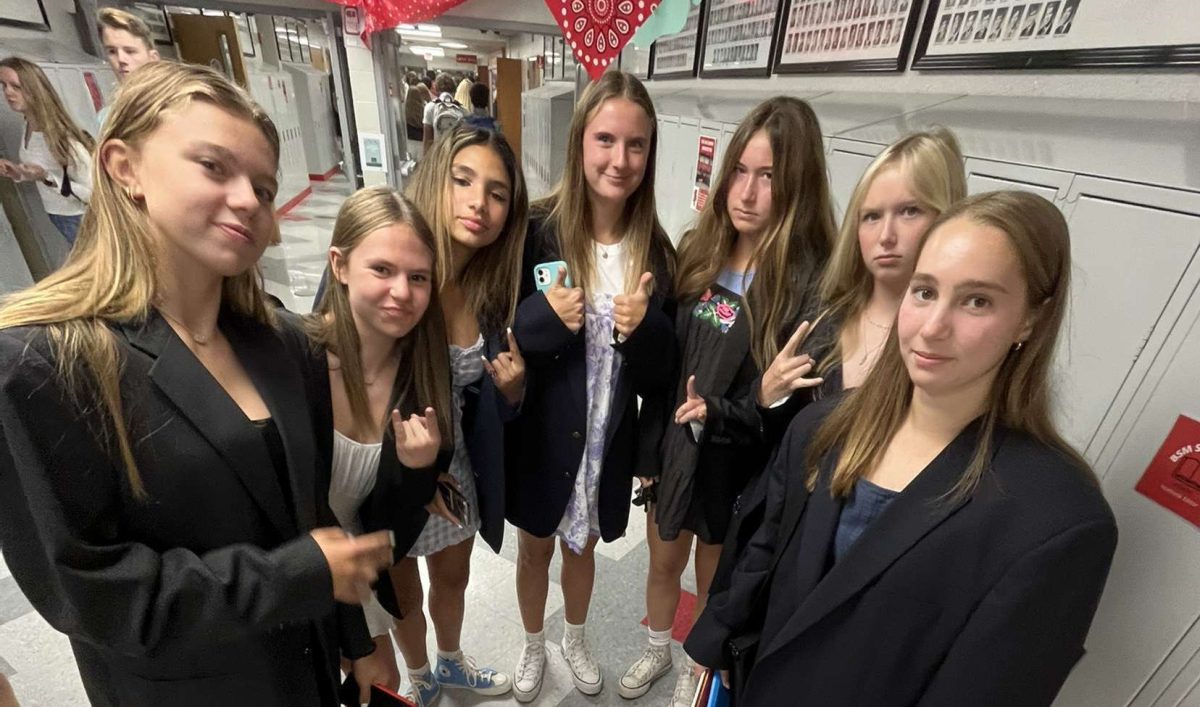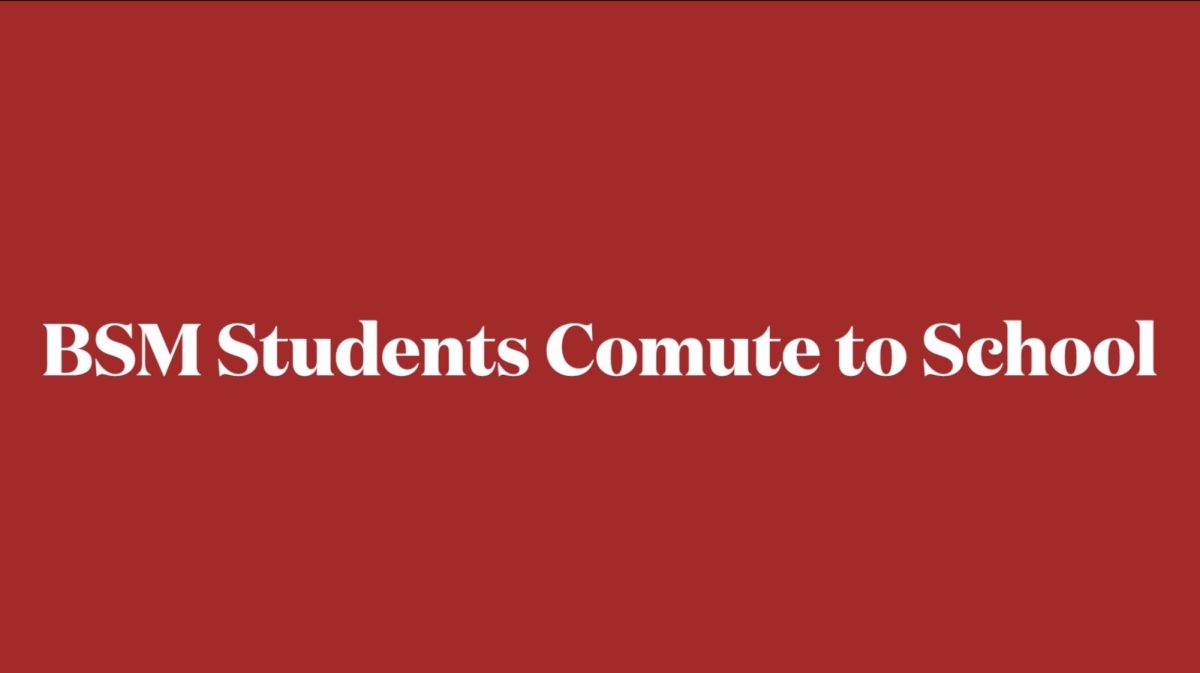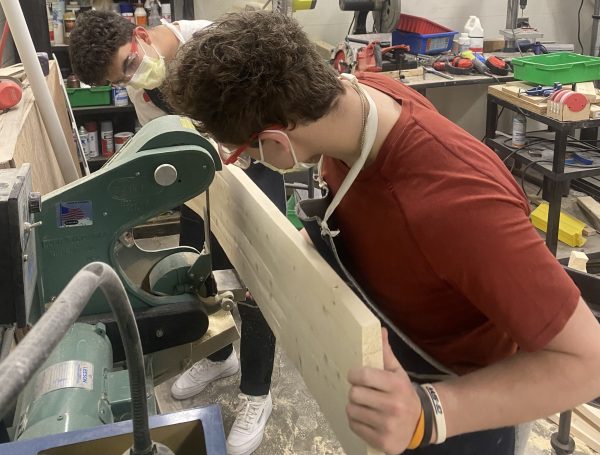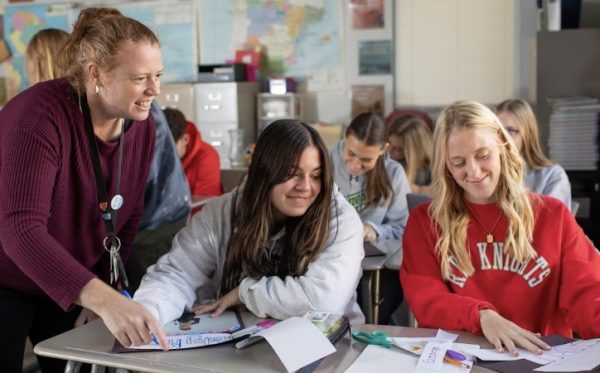Clearing up dress code confusions once and for all
As students arrive back on campus, an updated dress code arrives with them. Minor clothing rule changes, new wording of phrases, and efforts to eliminate gender bias are included in the 2021-2022 version of the dress code.
One of the biggest goals for the newest edition of the dress code is to have no gender bias. To achieve this, a couple minor changes were made. Firstly, skirts and shorts were made to have the same rules. Previously, shorts had to hit mid-thigh, and skirts had to fall two inches above the knee. Since these varied slightly, the rule was changed to allow both shorts and skirts to hit mid-thigh. Secondly, all mention of leggings was removed from the dress code. “Leggings used to have a line in there that they had to be black…now there’s no reference in there about that so that was a big change as well,” Assistant Principal Matt Weingartz said.
The need for these updates was voiced almost entirely by the students. The Principal’s Student Advisory Group (PSAG), a group created to assist the principals with issues from a student’s perspective, helped raise some of the issues that students had with previous versions of the dress code. Researching other schools’ dress codes, picking apart sentence phrasing with a group of students, and keeping things open for student input were just a few of the efforts made by the PSAG. “The students really drove this,” Assistant Principal Cami Dahlstrom said.
Though it may not seem obvious, small changes are made to the dress code almost every year. Collecting students’ feedback each year makes revisiting the dress code a necessity in order to grow as a school. “I think [the dress code] is always something that we’re always constantly evaluating…we don’t want to stay in one spot,” Weingartz said.
Last year, the biggest concern was keeping the student body safe during a pandemic. Because there were so many other aspects of last year that the faculty had to juggle, enforcing the dress code was not anyone’s biggest priority. But this year, as things move slightly back to normal, cracking down on the dress code has become more prominent to ensure that learning is the top priority. “Now we want to get back to what our values are; we don’t want any distractions in or out of the classroom,” Dahlstrom said.
Gathering students’ inputs is always a goal for those updating the dress code. “We’re always open to ideas,” Weingartz said.




